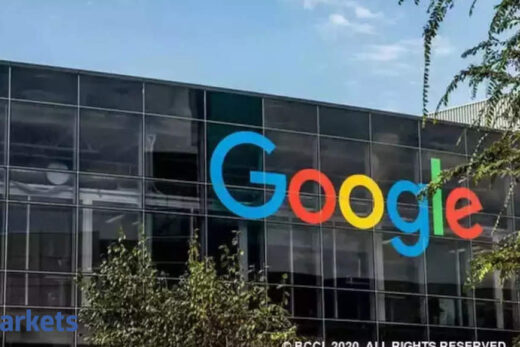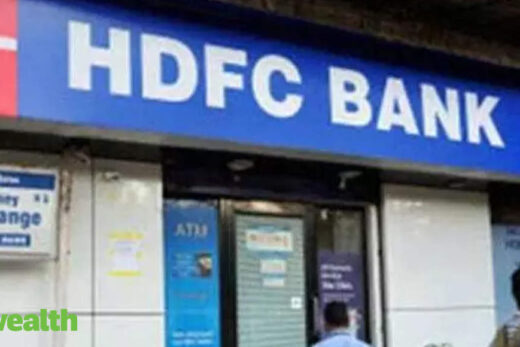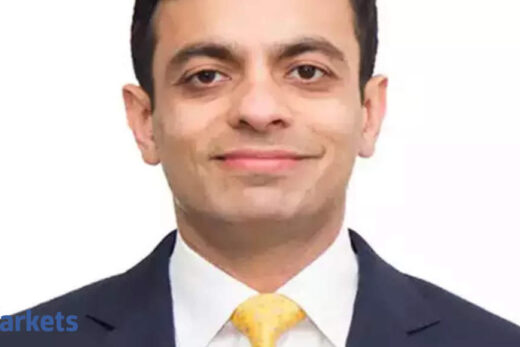In a way, the government, too, has shown adaptability in the face of a crisis, and seems prepared to launch itself into the higher echelons of the technology world with the proposed cryptocurrency bill.
While the proposed bill has got a rap for the proposed restrictions on private cryptocurrencies like Bitcoin, Ethereum et al, the other part of it is fascinating — India’s own central bank digital currency (CBDC) project.
India has been a laggard in this space considering the number of years that China has spent developing the digital yuan. But better late than never.
Developing a CBDC is no mean task and will require several far-reaching changes in the way the central bank goes about its business. While no one will say that the Reserve Bank of India is averse to change, it is likely fair to say that it is a slow starter in some aspects.
The central bank has stated that its internal panel is working on a model for a digital rupee and may soon launch a trial run for the digital currency. CBDC, however, may require a change in approach from the central bank.
Currently, there is a dual monetary system that exists around the world wherein the public money (say rupee) acts as a backbone for private money (like credit cards, debit cards) issued by banks.
One can assume that once a digital rupee is available, there will no longer be a need for banks to issue a private form of money. Everything can be done digitally via a centralised authority, that is the RBI. The role of the private players then will become limited to providing wallet services.
Tobias Adrian and Tommaso Mancini-Griffoli of the International Monetary Fund, however, argue that the current dual monetary set-up can exist in the digital age.
“Central bank digital currencies are akin to both a smartphone and its operating system. At a basic level, they are a settlement technology, allowing money to be stored and transferred, much like bits sent between a phone’s processor, memory and the camera. At another level, they are a form of money, with specific functionality and appearance, much like an operating system,” Adrian and Mancini-Griffoli said in a IMF blog recently.
The duo believe to manage digital currency, central banks will have to act like Apple or Microsoft in order to ensure that the sovereign digital currency remains the pre-eminent choice of citizens.
As the digital currency gains prominence, the technology around it will evolve rapidly and so will the requirements of consumers, who will demand more convenient ways of handling payments and money transfer.
Acting as a provider of an operating system means the RBI can foster innovation by allowing the private sector to build on the foundation created by it. This could be similar to how app developers bring in newer functionality on top of existing operating systems in our mobile phones. Think of how Instagram was made possible because Steve Jobs provided the platform of the Apple iOS, or Google provided Android, for it to exist in the first place.
In this manner, perhaps, both the private and public money can co-exist in the digital age of the monetary system. It will require the central bank to adopt and innovate technology like it has never done before. One hopes it is up for the challenge.



